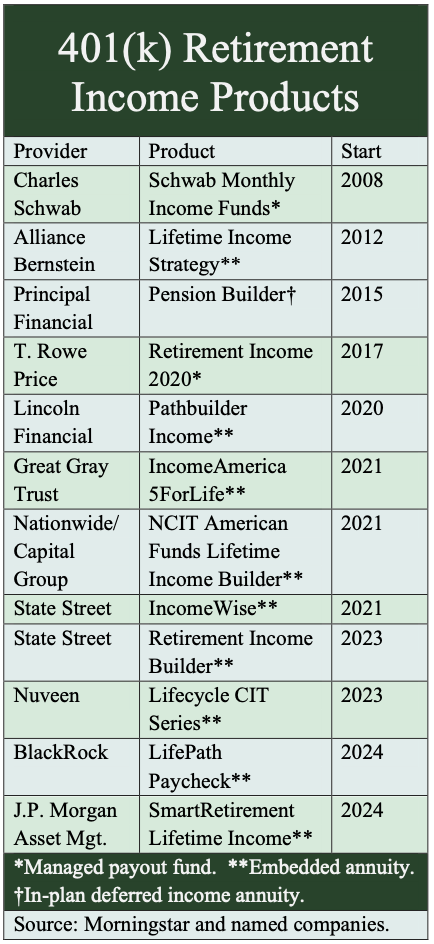The number of millionaire households in the United States has grown by more than 800,000 over the past five years and by more than 1.3 million since 2006, before the financial crisis, according to the annual Wealth & Affluent Monitor published today by Phoenix Marketing International.
The overall wealth market is growing, yet the ratio of millionaires to total U.S. households has remained relatively flat and wealth is more concentrated and shifting geographically.
The 2016 Phoenix Wealth & Affluent Monitor shows that as of mid-2016:
- Nearly 6.8 million U.S. households, approximately 5.5% of all U.S. households, had $1 million or more in investable assets. This represents a 4% one-year increase in the number of millionaire households, or nearly one-quarter of a million more households than in 2015.
- Over the past five-year and 10-year periods, the ratio of millionaire households to total U.S. households has remained relatively flat, up from 4.8% in 2006 and 5.1% in 2011.
- Households with at least $1 million in investable assets hold approximately $20 trillion in total liquid wealth, or approximately 59% of total liquid wealth in the U.S.
- Within the wealth segment, the greatest asset growth was among households with between $1 million and $10 million in investable assets. Their investable assets grew by $809 billion, to a total of $17.8 trillion.
- By comparison, there are 16.4 million households in the broad affluent market (with between $250,000 and $1 million in investable assets). They control $8.5 trillion in investable assets, or 35% of total liquid wealth in the U.S.; however, they lost $56 billion collectively between 2015 and 2016. The vast majority of these losses ($54 billion) were among the lower mass affluent segment (households with $250,000 to $500,000).
- The 14 million near-affluent households in the U.S. (with between $100,000 and $250,000), saw investable assets decline by $79 billion between 2015 and 2016, to $2.6 trillion.
- The concentration of wealth in the U.S. continues to deepen as the top 1% of wealthiest U.S. households now holds 24 percent of liquid wealth. Non-affluent households, representing 70% of U.S. households, control less than 10 percent of the nation’s liquid wealth.
State ranking of millionaires
In 2016, there were few changes among the top 10 states ranked by the ratio of millionaire households to total households. The top 10 states are:
- Maryland (7.55%) – unchanged since 2011
- Connecticut (7.4%) – unchanged in 2016
- New Jersey (7.39%) – moved up one place in 2016
- Hawaii (7.35%) – declined one place in 2016
- Alaska (7.15%) – unchanged from 2015
- Massachusetts (6.98%) – unchanged from 2015
- New Hampshire (6.82%) – unchanged from 2015
- Virginia (6.64%) – unchanged from 2015
- District of Columbia (6.32%) – up one place from 2015
- Delaware (6.28%) – down one place in 2016
An analysis by Phoenix reveals more significant shifts and regional impact of the financial crisis, recession and slow recovery of jobs and wages over the past 10 years. For example:
- Michigan ranked #18 in 2006, but by 2011 had dropped to #26 and, despite recent growth, ranked #29 in 2016.
- Florida ranked #10 in 2006, but by 2011 had dropped to #19 and ranked #32 in 2016.
- New York ranked #13 in 2006 but rose to #12 by 2011 before dropping to #18 in 2016 as the disparity in wealth, particularly between upstate and downstate, became more prevalent.
- The District of Columbia, which ranked #9 in 2006, dropped to #20 at the outset of the financial crisis but has bounced back to its pre-recession ranking at #9 in 2016.
- Other states, including North Dakota, South Dakota and Texas, have risen notably since before the financial crisis.
Approximately 70% of the wealth and affluent market is comprised of Americans age 52 or older who have at least $100,000 in investable assets. Baby Boomers account for more than half (55%) of the market while the Silent Generation represents 15 percent. Approximately 13% of the wealth and affluent market now is composed of the Millennial generation, who are age 36 or younger. They are gaining on the members of Generation X, which make up the remaining 17% of the market, and who are faced with financial challenges of aging parents and education costs for their children.
The Wealth & Affluent Monitor (W&AM) sizing estimates in the U.S. are developed using a combination of sources including the Survey of Consumer Finance (SCF) as well as Nielsen-Claritas. Investable assets include education/custodial accounts, individually-owned retirement accounts, stocks, options, bonds, mutual funds, managed accounts, hedge funds, structured products, ETFs, cash accounts, annuities, and cash value life insurance policies.
© 2017 RIJ Publishing LLC. All rights reserved.


